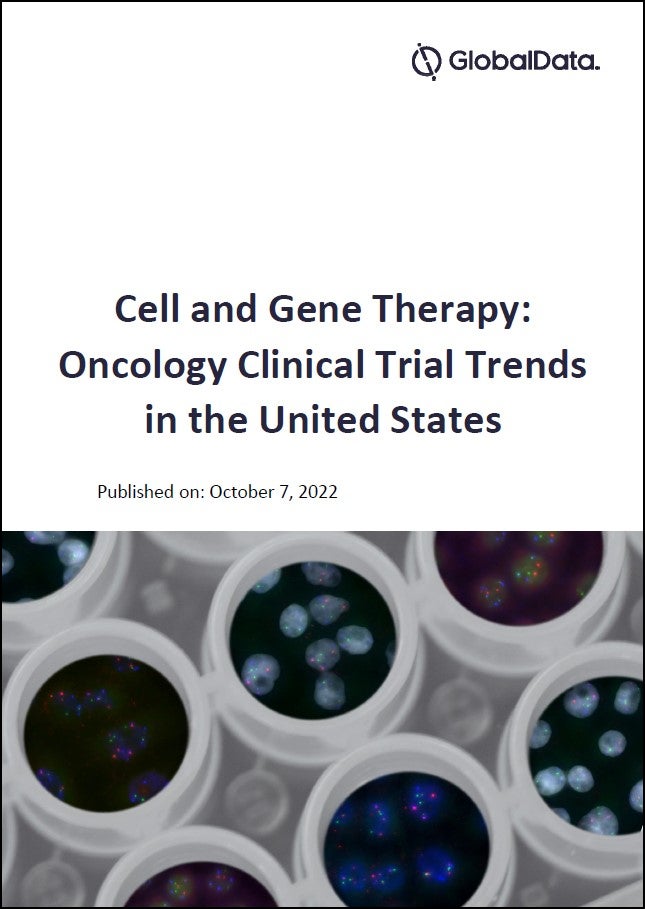Modern drug development faces increased pressures to generate data to make timely go/no-go decisions throughout the development cycle – from discovery to filing. In the clinical development space, typical clinical studies seek to generate data in well-defined patient populations. For instance, oncology therapies are tested by tumor type, which is classically seen as the major source of patient variability. Enroll a set number of ovarian cancer patients, give them a defined chemotherapy regimen, and measure the outcome. But in the era of precision medicine, there is increasing evidence of genetic and/or immunologic drivers of disease that may be independent of the tumor type. But subdividing the patient populations decreases the pool of patients in which to test new therapeutics. This combination of modern decision-making pressures, alongside more niche patient populations, obligates new ways to test these therapies. Enter: the master protocol.
The idea of using a single clinical trial backbone – protocol, resources, processes – to answer many scientific questions has gained significant momentum and attention in the oncology community. Janet Woodcock, director of the Center for Drug Evaluation and Research (CDER) at the Food and Drug Administration (FDA), recently published a review article on these trial designs. And rather than compete with her well-written piece, we aim to survey the design types and touch on the operational components of these trials. This is a follow-on to an upcoming Clinical Trials in Oncology piece that will be appearing in the Outsourcing in Clinical Trials Handbook later this fall.
Genetic Markers
Precision medicine in oncology, or the idea of targeting specific genetic or immune markers of a tumor, relies on a patient’s tumor containing this specific marker. These days, patients can have their tumor biopsied and tested in its entirety for thousands of genetic markers. Though only a very small fraction of these have a drug aimed at treating that genetic marker, this information may help physicians treat the tumor. To increase the percentage of genetic markers with an associated targeted treatment can take time to generate sufficient data. Many of these patient populations are small, though the treatment may offer remarkable benefit to that population. Pfizer’s Xalkori® and OSI Pharmaceutical’s Tarceva® are good examples of these targeted therapies. Though both drugs are used in lung cancer, genetic markers may not be restricted to a specific tumor type. From a long-term development perspective, using a biomarker to enrich the patient population can require fewer patients to gain regulatory approval as the efficacy signal can be greater.
Basket Trials
In such situations where a rare genetic marker could be found in multiple tumor types, a basket trial is a way to enroll lots of patients with this common marker – and all patients would receive the same treatment. The operational efficiency lies in the ability to generate data in many tumor types with a single protocol. Most of these trials are uncontrolled clinical trials without an active comparator arm. The goal is to generate data in many tumor types, validate the genetic marker, and show differential efficacy in those patients with the genetic marker. These studies assign a threshold efficacy level at a point the treatment would move to subsequent randomized, controlled trials to confirm the efficacy seen in the basket trial. KEYNOTE-001 is a good example of a basket trial based on the PD-L1 immunologic marker. Patients with many different tumor types were enrolled to receive Merck’s Keytruda® – and the final enrollment was 1260 patients.
Umbrella Trials
Umbrellas are upside-down baskets (or is it baskets are upside-down umbrellas?). If a basket captures many tumors for one treatment, umbrellas capture one tumor for many potential treatments. These trials maintain the same operational advantages, and test patients with this disease for various different mutations, treating them according to the actionable mutation. The BATTLE Program is a good example of an umbrella trial for non-small cell lung cancer. I ran an umbrella trial (The DURGA trial) with a lung cancer-specific vaccine where we enrolled patients to various different vaccine combinations. A disadvantage of umbrella trials is that each targeted treatment likely requires its own genetic testing mechanism, and though this is not more complex than doing individual studies with this genetic test, there are logistics to manage when at the scale of an umbrella trial.
How well do you really know your competitors?
Access the most comprehensive Company Profiles on the market, powered by GlobalData. Save hours of research. Gain competitive edge.

Thank you!
Your download email will arrive shortly
Not ready to buy yet? Download a free sample
We are confident about the unique quality of our Company Profiles. However, we want you to make the most beneficial decision for your business, so we offer a free sample that you can download by submitting the below form
By GlobalDataSee Also:
Key Considerations
These master protocols offer compelling advantages, but require significant planning. Statistical design and power will be important to capitalize on the design. Allow plenty of time to engage with regulatory agencies. Spend time plotting how patients flow through the various genetic testing mechanisms (including turnaround times, methods for dissemination of results), as well as assignment to treatment (IWRS, etc.). Careful planning can allow your team to truly benefit from the economies of the scale afforded by master protocols.
*Brandon Early is an oncology drug developer based in Raleigh, NC, USA. Brandon has held various positions in the biotech and CRO industry, based in both U.S.and European offices. You can find him @clinologyllc or on www.clinologyllc.com








